Artica Writings Book 2022
Lying at the head of Van Mijenfjord in the Norwegian archipelago of Svalbard, Sveagruva was one of the largest underground coal mines in Europe. In 2017, after almost 100 years of coal production, Store Norske Spitsbergen Kulkompani embarked on one of the most ambitious environmental projects in Norwegian history. Their goal - To end mining operations, remove all traces of mining activity and return the area to its natural state.
In 2022 Artica collaborated with LPO Arkitekter and UiT - The Arctic University of Norway, Academy of Arts, landscape architecture programme to commission four new essays by leading experts from the Nordics to discuss the Svea project and related issues.
This book features the four short essays in Norwegian and English:
Svea | post | Mine / Svea | post | Gruve By Ingvild Sæbu Vatn and Lilli Wickström, architects at LPO Arkitekter’s office in Longyearbyen. Translated by Olivia Lasky
Restoration of Svea and Lunckefjell area: Perspectives on Landscape, Processes and Appearance By Lars Erikstad and Dagmar Hagen, Norwegian Institute for Nature Research (NINA). Translated by Språkverkstaden
Landscaping transition and (geo)politics/Grunnarbeid for omstilling og (geo)politikk By Cecilie Vindal Ødegaard, Professor of anthropology, University of Bergen. Translated by Olivia Lasky
EMBRACING ENTROPY / Å ØNSKE ENTROPIEN VELKOMMEN By Thomas Juel Clemmensen, Professor, cand.arch. ph.d. Translated by Språkverkstaden
If you would like a copy, contact info@articasvalbard.no
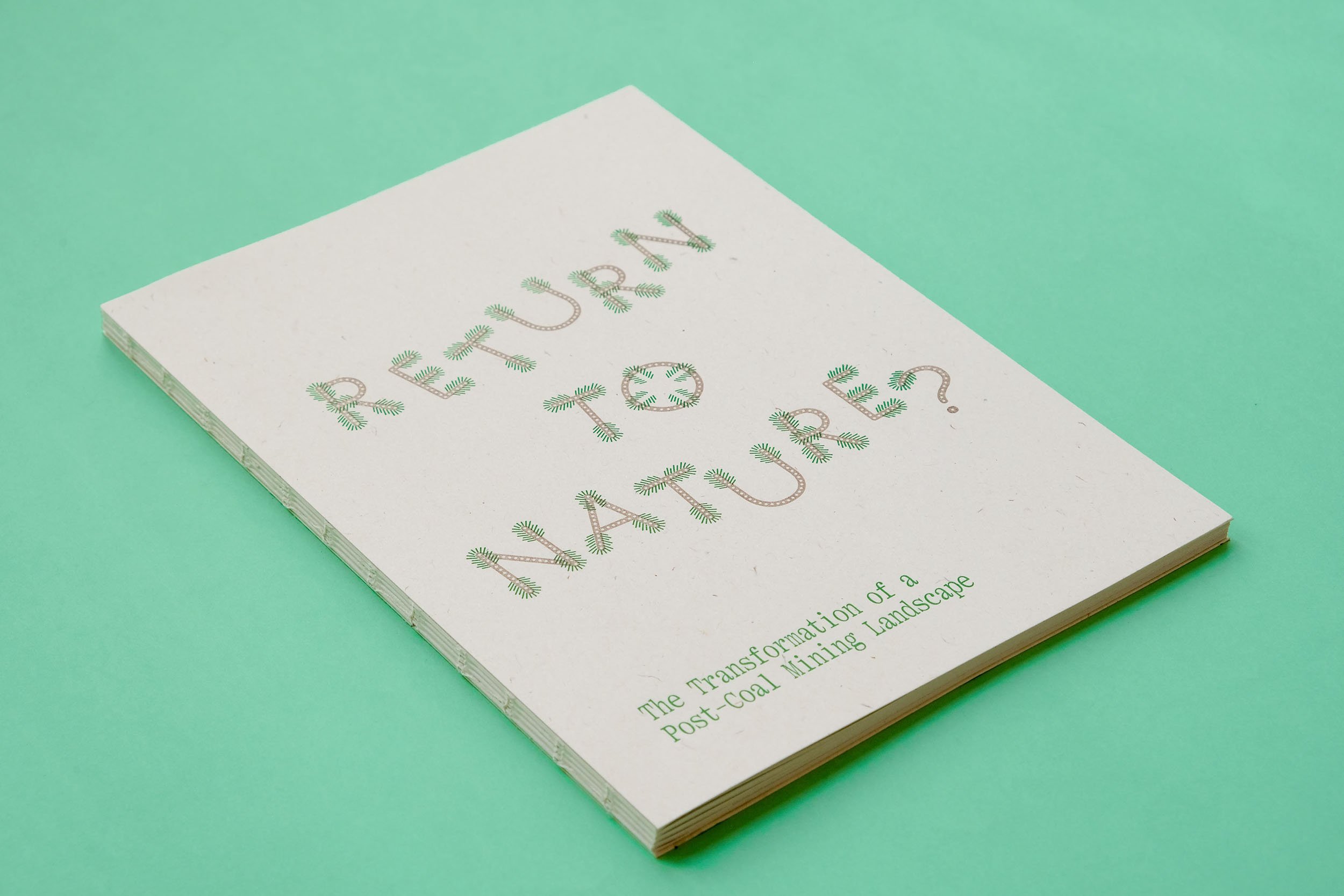
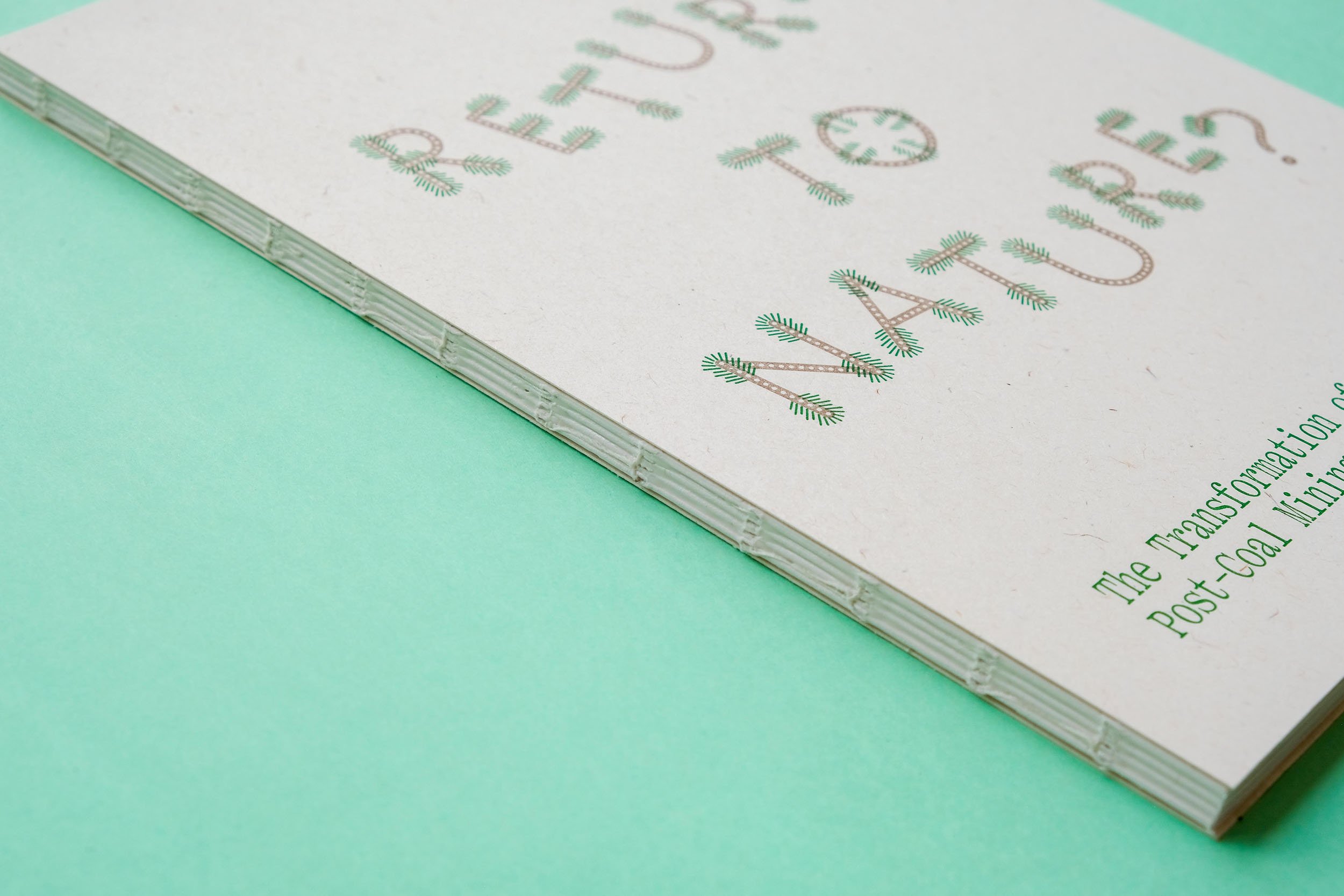



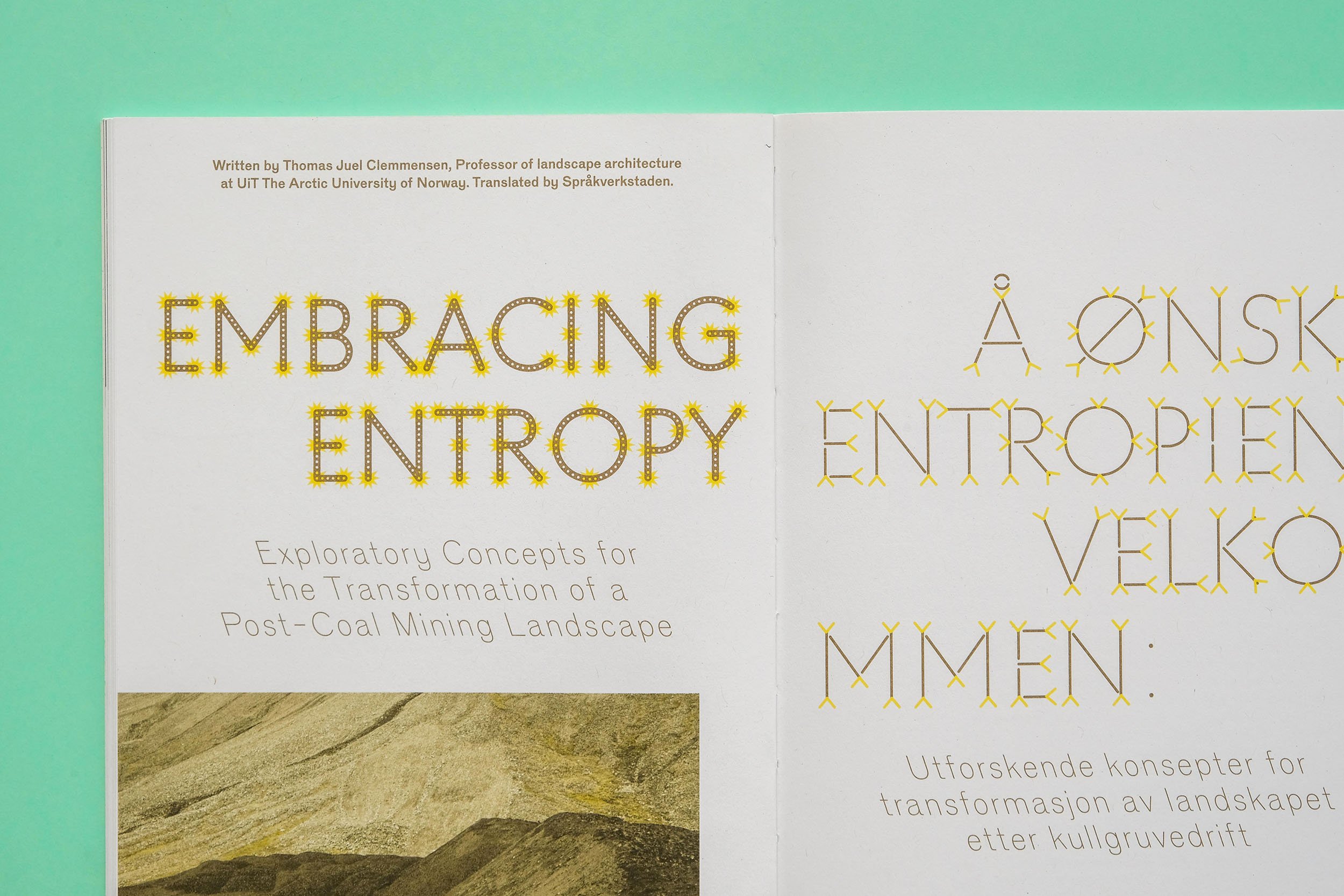
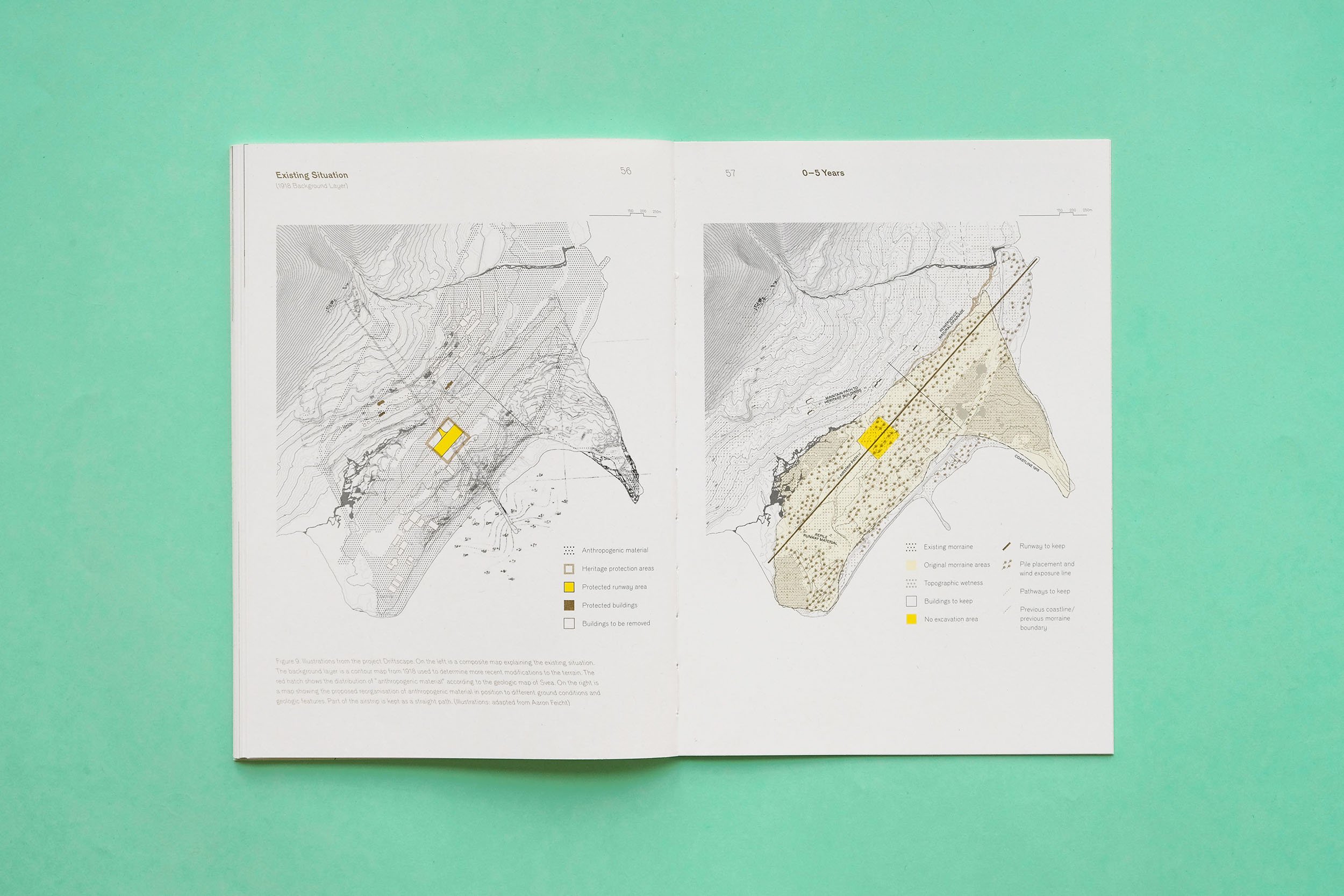
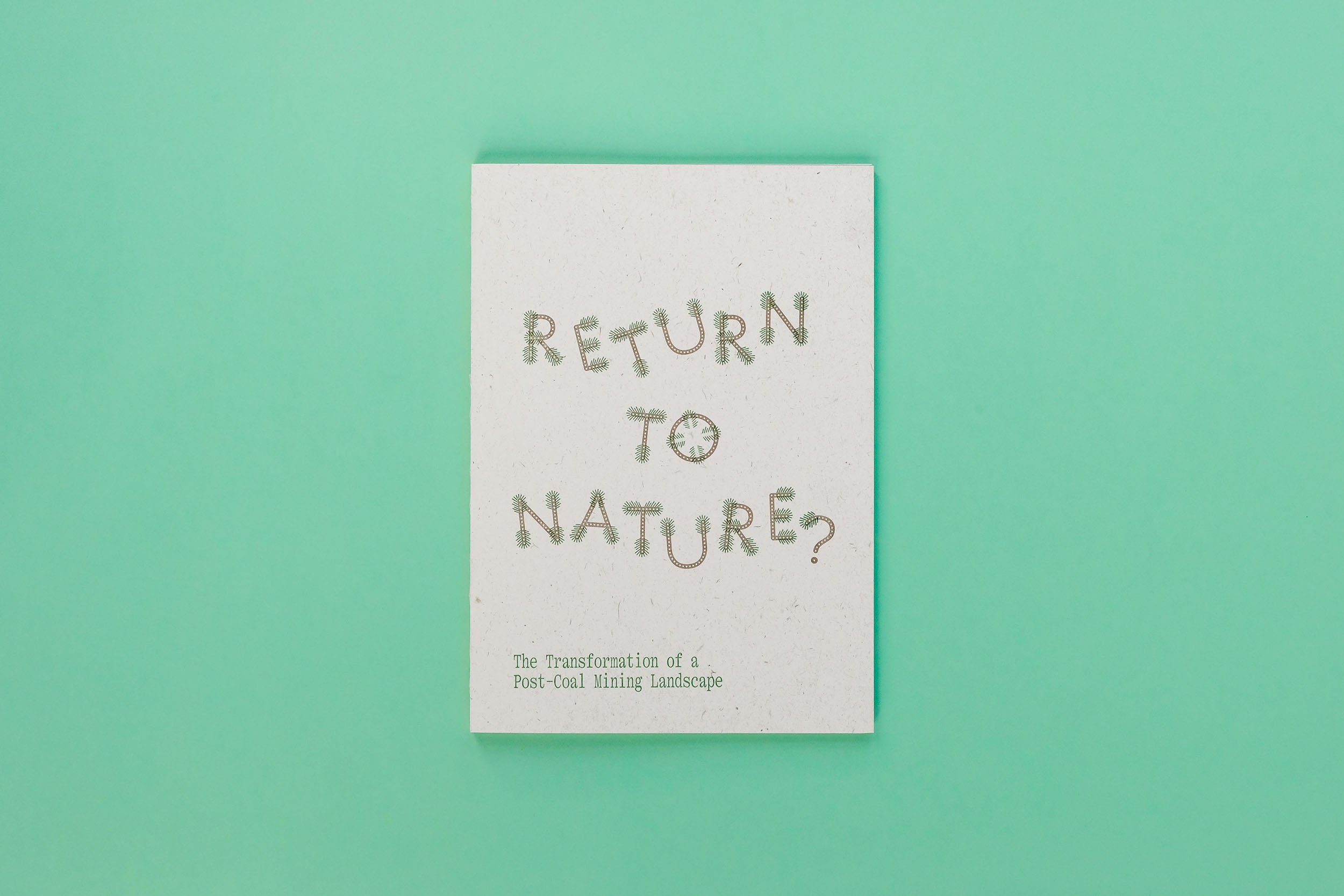
Designed by City Edition Studio
Typeset in Isola by Luzi Type (text) and Q Project by Typotheque (titles)
Printed by Taylor Brothers Ltd, Bristol, UK, on 100% recycled paper
Covers printed by The Letterpress Collective, Bristol, UK
Published by Artica Svalbard, Postboks 321, Vei 608–3 9170 Longyearbyen, Svalbard On the occasion of Artica Writings 2022 (published 2023) All rights reserved.
Photos above by City Edition Studio
A note on the ink
The ink used to print the covers of this book was made from coal taken from Sveagruva. It was ground down to a particle size below 100μm and mixed with a transparent ink base which was then used to print the covers on a pedal-operated printing press in Bristol, UK.
